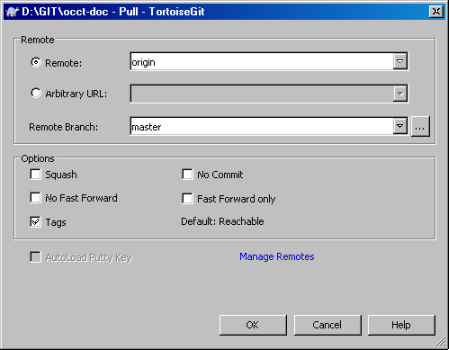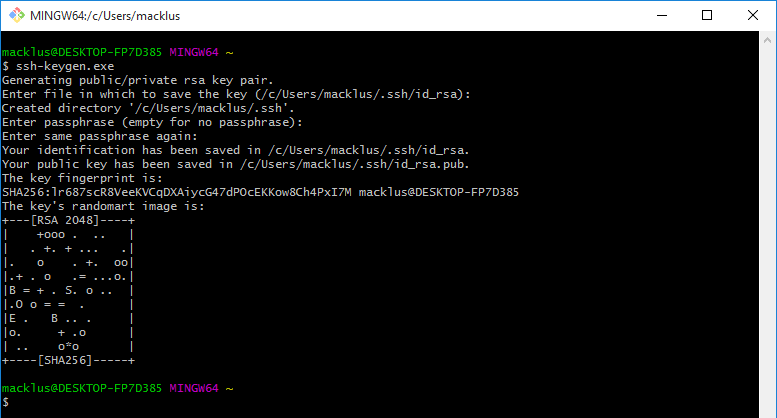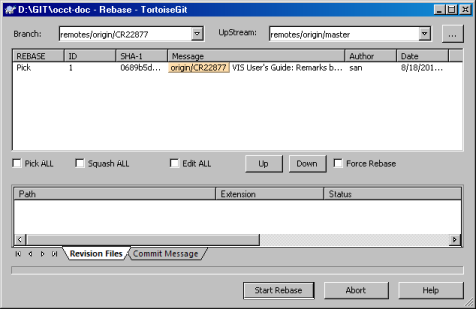

- #Install git through uxterm how to
- #Install git through uxterm install
- #Install git through uxterm software
- #Install git through uxterm professional
- #Install git through uxterm download
Install Local Package Using apt in Ubuntu Install Local Package Using apt-get in Ubuntu if in current dir) to the package, otherwise it will try to retrieve the package from remote sources and the operation will fail. The only trick to installing a local Debian package using apt-get or apt is by specifying a local relative or absolute path (. deb archives associated with a package name, from a source specified in the /etc/apt/sources.list file. deb files, they are designed to primarily handle package names (for example teamviewer, apache2, mariadb etc.) and they retrieve and install. It also offers apt-get and apt-cache command-line tools for managing packages more interactively on Debian and its derivatives such as Ubuntu and Linux Mint systems.Įssentially, apt-get or apt do not understand.
#Install git through uxterm software
The apt command is a advanced command-line tool, which offers new software package installation, existing software package upgradation, updating of the package list index, and even upgrading the whole Ubuntu or Linux Mint system.
#Install git through uxterm how to
To know more about installed packages, read our article that shows how to list all files installed from a. To remove a package use -r option or if you want to remove all its files including configuration files, you can purge it using the -purge option as shown. If you get any dependency errors while installing or after installing and launching a program, you can use the following apt command to resolve and install dependencies using the -f flag, which tells the program to fix broken dependencies. To install a local package, use the dpkg command with the -i flag along with package name as shown.
#Install git through uxterm download
but unlike other Linux package management systems, it cannot automatically download and install packages with their dependencies. It is used to install, build, remove and manage. Install Software Using Dpkg Commandĭpkg is a package manager for Debian and its derivatives such as Ubuntu and Linux Mint. However, Ubuntu and Linux Mint has its own Graphical Software Center for easy software installation, but we will be looking forward to installing packages through terminal way. The very basic problem they face is installing local software on system.


This is useful to those new users who have migrated from Windows to Ubuntu or Linux Mint. DEB) in Debian and its derivatives such as Ubuntu and Linux Mint using three different command line tools and they are dpkg, apt and gdebi.

I will really appreciate any guidance on solving this issue. xterm -class 'xterm-ttytter' -geometry 175x20 \ I have tried giving xterm the -u8 flag, giving me no change in behavior. I have tried -dr and -dU -r, both of which are failing to solve my problem. I am trying to figure out what it is that could be causing such an issue when I re-attach my UTF8 screen. It seems that the issue is specific to the command I am issuing to re-attach the screen. This is also true once I re-attach the screen, although I am unable to use certain characters, such as backspace, which shows up as ^H. $TERM is xterm-256colors while $LANG is en_US.UTF-8. The initial attachment (creation) gives me UTF8 input that works like it should.
#Install git through uxterm professional
I am trying to use UTF8 for personal and professional reasons and I am still trying to work out a few bugs. I have recently started using xterm vs xfce4-terminal/gnome-terminal as I find it is much cleaner. I am a really big fan of ttytter and have been using it for some time now. title 'ttytter' -e ssh -t remotehost "screen -dU -r ttytter" Xterm -class 'xterm-ttytter' -geometry 175x20 \ Problem:Ĭreating a screen that uses UTF8 works perfectly until re-attaching said screen session. Overview of UTF8 screen re-attachment issues.


 0 kommentar(er)
0 kommentar(er)
